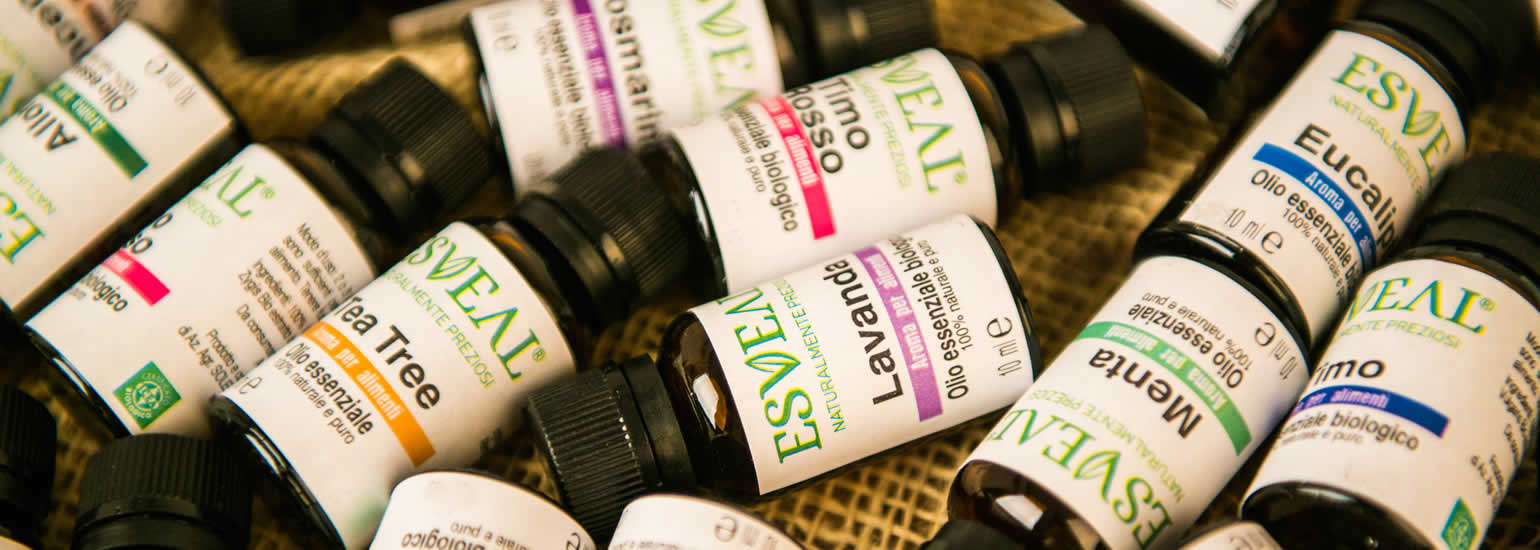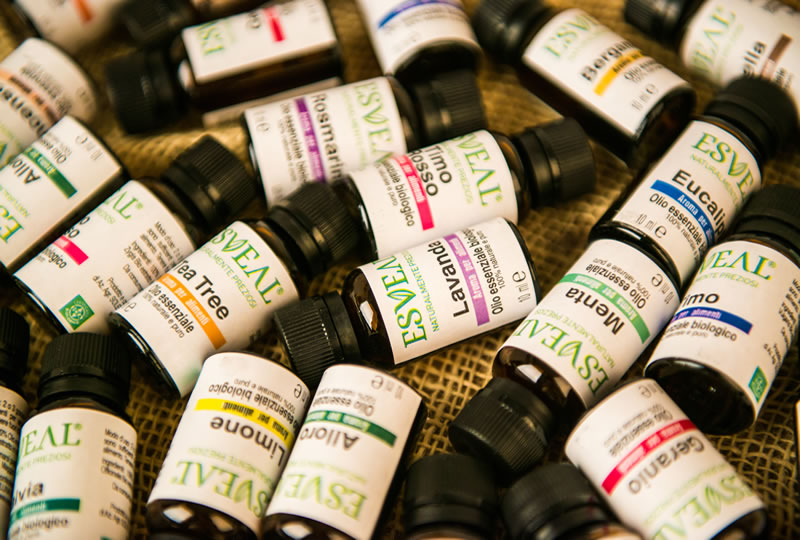
ORGANIC ESSENTIALS
HOW TO STORE THE ESSENTIALS.
HOW TO STORE THE ESSENTIALS.

.
Related Topics : Good conservation practices for essential oils - characteristics of essential oils - Aromatic waters - Methods of extraction of essential oils - Organic essential oils - Essential oils and astrological functions - Essential oils and olfactory notes - Eucalyptus essential oil - lavender essential oil - lemon essential oil - rosemary essential oil - sage essential oil - thyme essential oil - Operational practice in the extraction of essential oils - Purification and rectification of essential oils - Yield in the extraction of essential oils - Use of essential oils
Storage must take place in an appropriate manner to prevent the smell from becoming less pleasant, the colour darker and the fluidity reduced until resinification is achieved. The possible alterations of the Essential Oil are many and therefore it is necessary to take appropriate measures for its correct conservation.
1 - The container must be made of dark glass or steel or enamelled material or tinned or galvanized metal. This prevents light from penetrating and catalyzing chemical reactions of decomposition or combination capable of causing deep modifications. The material of the container shall be inert and shall neither react with the contents nor release substances into it. The essences harden leather and PVC and dissolve the elastic rubber, so that these materials are not to be used to close the receptacles. Cork or polythene or other recent materials such as extat should be used as a closure.
2 - The containers must always be kept closed and full, thus avoiding the presence of oxygen in the air which tends to oxidize the Essential Oils by changing their organoleptic properties or resinifying them. This also avoids the absorption of moisture from the air which can favour hydrolysis reactions or the formation of oxides from the metal of the container which could in turn be released to the Essential Oil.
3 - The containers should be stored at a temperature between 5 and 15 °C. Higher temperatures can cause resinification and speed up all possible degradation reactions.
Related Topics : Good conservation practices for essential oils - characteristics of essential oils - Aromatic waters - Methods of extraction of essential oils - Organic essential oils - Essential oils and astrological functions - Essential oils and olfactory notes - Eucalyptus essential oil - lavender essential oil - lemon essential oil - rosemary essential oil - sage essential oil - thyme essential oil - Operational practice in the extraction of essential oils - Purification and rectification of essential oils - Yield in the extraction of essential oils - Use of essential oils